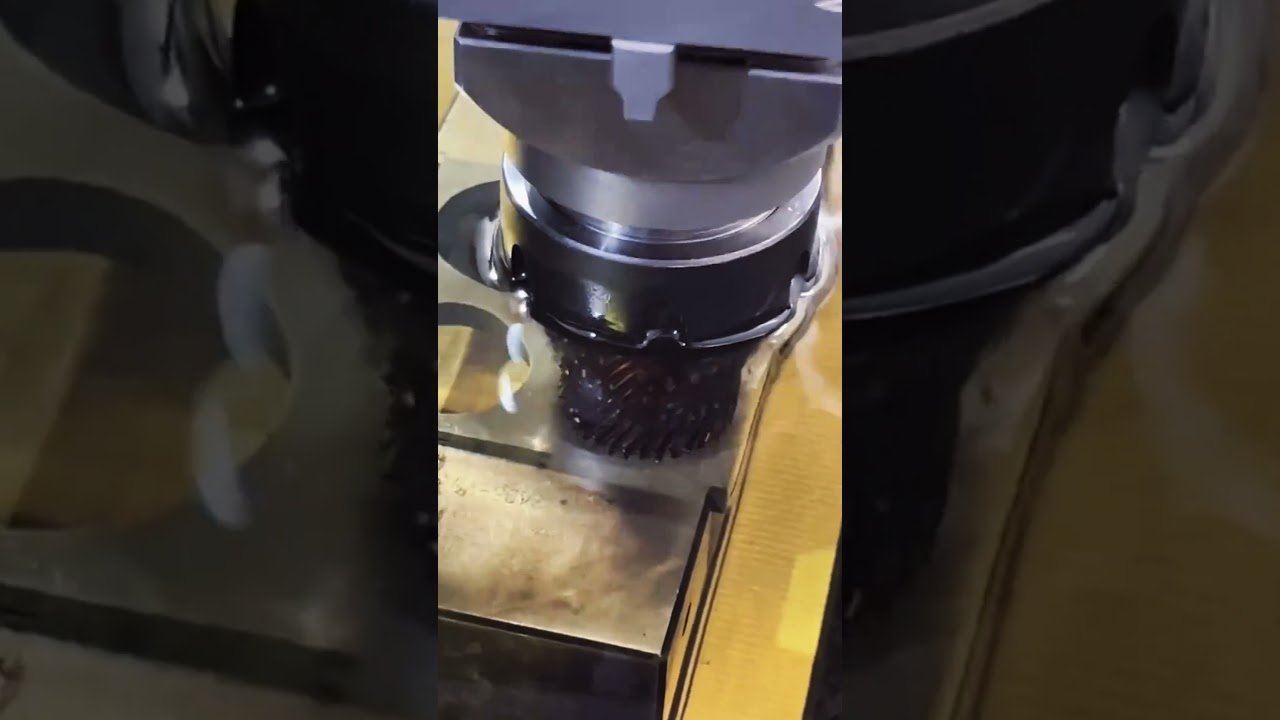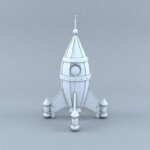Understanding EDM Processing: A Deep Dive into Electrical Discharge Machining
Electrical Discharge Machining (EDM) is one of the most advanced technologies utilized in the manufacturing sector today. It is particularly popular in the CNC machining field due to its precision and ability to work with hard materials. This article explores the intricacies of EDM processing, its advantages, and how it fits within the broader landscape of modern machining technologies, including 5-axis CNC machining.
What is EDM Processing?
EDM is a non-traditional machining process that employs electrical discharges or sparks to remove material from a workpiece. The process uses a series of carefully controlled electrical pulses to erode the material. This technology allows for high levels of precision, making it ideal for complex geometries and intricate designs that traditional methods may struggle to achieve.
The EDM process involves two main components: the electrode, typically made of copper or graphite, and the workpiece. These components are submerged in a dielectric fluid, which acts as an insulator and carries away the eroded particles. The entire operation is usually conducted using computer numerical control (CNC) to provide automated and precise control over the movements.
The Types of EDM
There are two main types of EDM: sinker EDM and wire EDM.
1. Sinker EDM
Sinker EDM, also known as cavity or volume EDM, uses a pre-shaped electrode that is matched to the desired profile of the finished part. This method is particularly effective for creating complex shapes like molds and dies. The electrode is lowered into the workpiece, and as the electric discharges occur, the material is eroded away to form the desired cavity.
2. Wire EDM
Wire EDM, on the other hand, employs a thin, continuous wire as the electrode. The wire is fed through the workpiece and allows for the cutting of flat profiles or intricate shapes. This method is particularly beneficial for cutting hard materials and is widely used in the manufacturing of precision parts in various industries.
Advantages of EDM Processing
EDM processing brings with it a host of advantages that make it an attractive option for manufacturers.
1. High Precision and Accuracy
One of the primary benefits of EDM is its exceptional ability to produce highly intricate designs and maintain tight tolerances. This is particularly important in industries such as aerospace, automotive, and medical where precision is crucial.
2. Capability to Machine Hard Materials
EDM is effective for machining materials that are difficult or impossible to cut with traditional methods, such as hardened steels and exotic alloys. This capability extends the application of EDM across various manufacturing sectors.
3. Minimal Tool Wear
Unlike conventional machining processes that involve mechanical cutting, EDM does not involve direct contact between the tool and workpiece. This results in minimal tool wear and, consequently, reduced costs related to tool replacement and maintenance.
4. Complex Geometries
EDM can produce complex three-dimensional shapes and profiles that would be nearly impossible to achieve with traditional machining. This makes it invaluable in the manufacturing of molds and dies.
The Role of CNC in EDM Processing
CNC technology complements EDM processing by enhancing precision and efficiency. CNC allows for automated control of the machine, which results in consistent results with minimal manual input. This technological integration is vital, as it allows operators to create complex tool paths and repeat intricate designs with utmost accuracy.
1. Automation and Precision
With CNC, the intricacies of the machining process are programmed into the machine, allowing for alterations in the machining parameters with just a few clicks. This feature is especially useful in high-volume production runs, as it ensures uniformity across numerous parts.
2. Programming Flexibility
CNC programming allows operators to customize machining operations. They can easily adjust machining parameters like speed, feed rate, and spark frequency to achieve desired results, thus improving the overall quality of the finished product.
3. Reduced Cycle Time
The combination of CNC and EDM leads to efficient machining processes that reduce cycle times. This efficiency can be crucial for manufacturers that need to maintain competitive turnaround times.
Advances in EDM Technology
The EDM industry has evolved dramatically over the years, largely due to advancements in technology. Innovations have focused on increasing the efficiency of the process and the effectiveness of the machines themselves.
1. Improved Dielectric Fluids
Modern dielectric fluids are designed to enhance cooling and improve the removal of debris during the EDM process. This results in a cleaner machining environment and minimizes the chance of defects in the final product.
2. Adaptive Control Systems
Recent iterations of EDM machines leverage adaptive control systems that automatically adjust parameters in real-time based on feedback during the machining process. This level of responsiveness enhances precision while optimizing machining efficiency.
3. Toolpath Simulation Software
Advanced software now allows for toolpath simulations before actual machining begins. This helps identify potential issues and allows for fine-tuning, ensuring the process flows smoothly once the actual machining commences.
The Future of EDM Processing
As industries evolve and demand for precision machining increases, the future of EDM continues to look promising. The ongoing integration of artificial intelligence and machine learning into manufacturing is expected to enhance the capabilities of EDM even further. With AI-powered predictive analytics, manufacturers can anticipate maintenance needs, reduce downtime, and improve operational efficiency.
1. Greater Customization
Customization is becoming a key demand in manufacturing, and EDM processing is well-equipped to respond to this trend. As customization needs grow, improvements in tooling and programming technology will enable manufacturers to adapt their processes quickly and efficiently.
2. Cost Reduction
As technology advances and scales, the costs associated with EDM processing may begin to decrease. This could make high-precision machining accessible to a broader range of businesses, increasing competition and innovation in the sector.
3. Sustainability Initiatives
The manufacturing industry is becoming increasingly aware of its environmental footprint. EDM’s minimal tool wear and ability to machine materials efficiently will be advantageous as more manufacturers adopt sustainability practices. Improved dielectric fluids and recycling initiatives will further enhance EDM’s appeal.
Conclusion
EDM processing stands as a testament to the evolution of manufacturing technology. Its capabilities for producing highly precise and intricate parts make it a cornerstone in various industries today. The seamless integration of CNC machining empowers operators to leverage the full potential of EDM, facilitating efficient and accurate production processes.
As advancements continue to unfold, EDM is poised to play a crucial role in the future of manufacturing, allowing for greater precision, customization, and sustainability. For businesses investing in modern machining technologies, understanding EDM processing is essential for remaining competitive and meeting the ever-evolving demands of the market.
In summary, whether working with hard materials or producing complex geometries, EDM processing remains at the forefront, driving innovation and excellence in the world of manufacturing.
Daguang focuses on providing solutions such as precision CNC machining services (3-axis, 4-axis, 5-axis machining), CNC milling, 3D printing and rapid prototyping services.


















